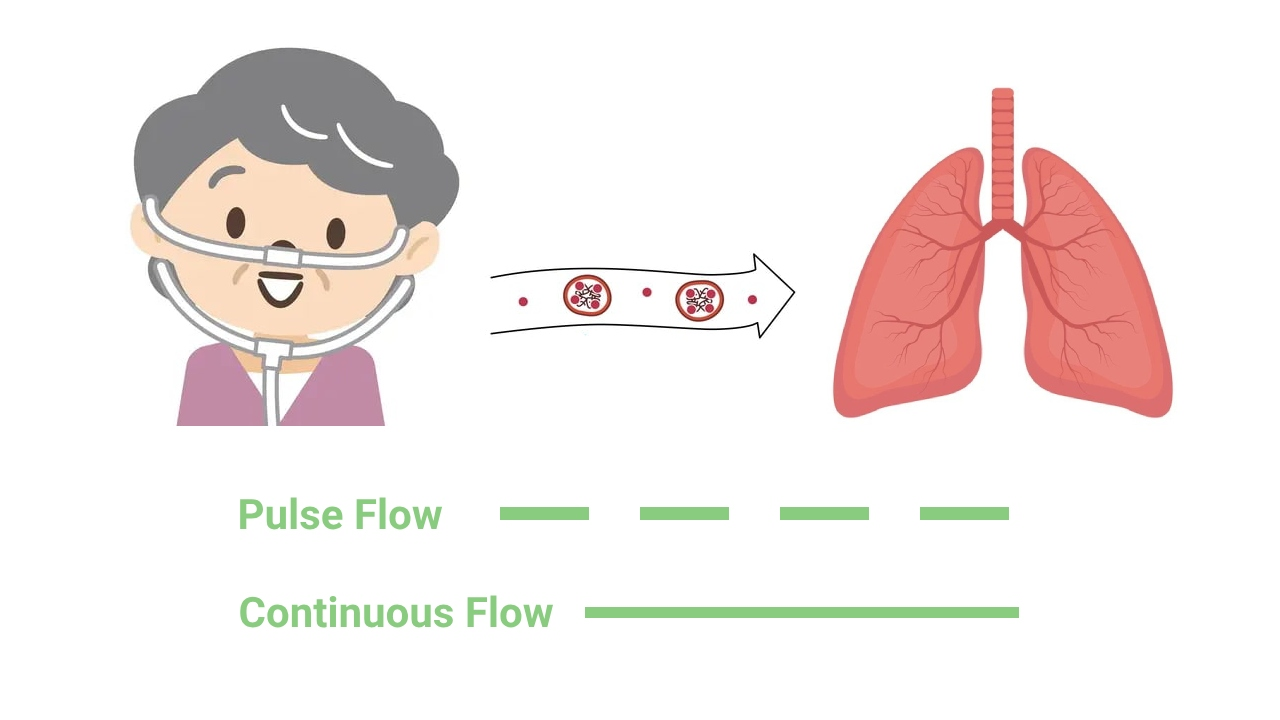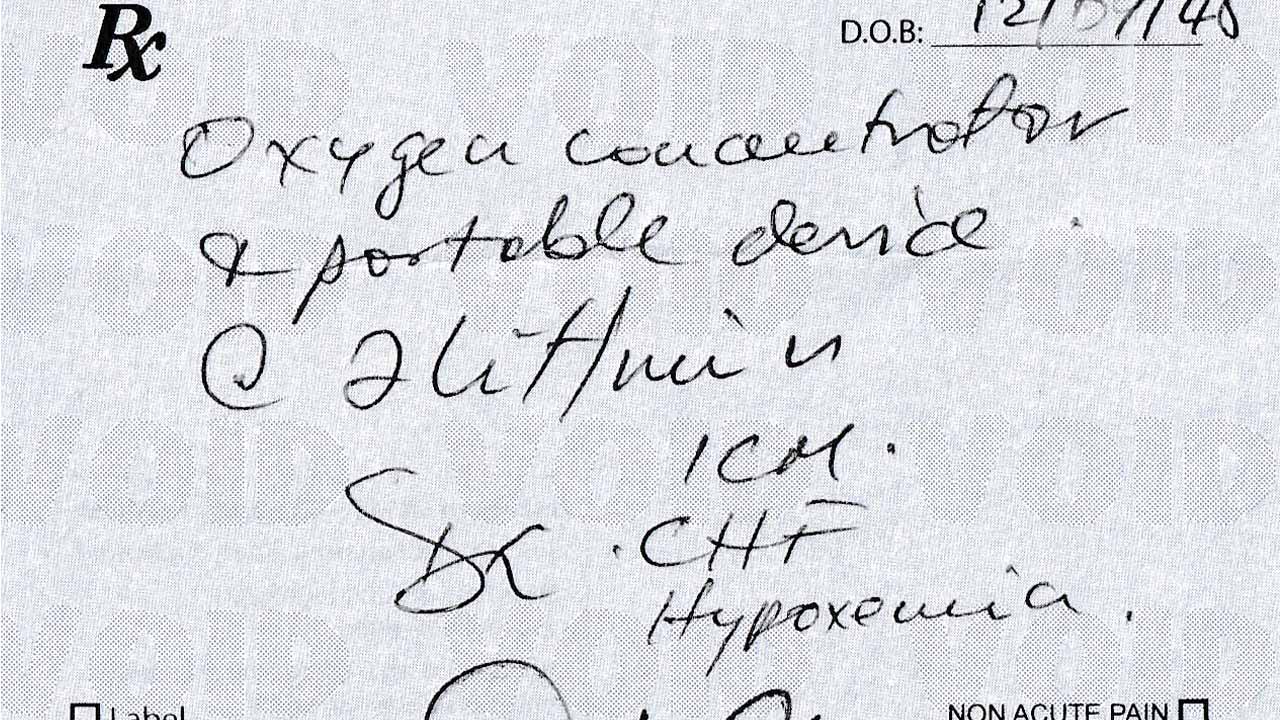Does 1 - 5 Pulse Flow Settings Equal 1LPM to 5LPM
Does 1 - 5 Pulse Flow Settings Equal 1LPM to 5LPM
No. Pulse flow settings of portable oxygen concentrator (POC) are not directly comparable to continuous-flow LPM ratings. Oxygen flow is measured in liters per minute (LPM) for continuous flow and milliliters per minute (ml/min) for pulse flow. Thus the pulse flow settings of 1-5 do not mean 1LPM to 5LPM.
Pulse Flow:
- Pulse flow delivers oxygen in short bursts triggered by your inhalation, timed to match your breaths.
- Flow settings indicate the amount of oxygen delivered per breath.
- It's measured in milliliters per minute (ml/min).
- Example: On setting 5, the POC gives 1,000 ml/min. If you breathe 10 times a minute, you get 100 ml per inhalation. If you breathe 30 times a minute, it adjusts to 33 ml per breath to keep giving 1000 ml/min.
Continuous Flow:
- Deliver oxygen continuously, regardless of your breathing pattern.
- Settings indicate the flow rate of oxygen delivered per minute.
- It's measured in liters per minute (LPM).
- Example: A setting of "5 LPM" delivers 5 liters of oxygen per minute continuously.
How to Match Pulse Flow to Continuous Flow
To match these, we need to consider how we breathe.
1. How We Breathe In and Out
When we breathe, we spend twice as long exhaling as inhaling. This means we only use about 1/3 of each breath to get oxygen into our body.
2. How the Lungs Use Oxygen
Only about 2/3 of the oxygen we inhale actually reaches our lungs where it can be used by our body. The other 1/3 stays in your airways and is exhaled.

This means if we think of a continuous flow of 1 liter of air per minute, we breathe in oxygen for about 1/3 of that minute. And in the time of that 1/3 minute, only 2/3 of the oxygen gets to our lungs for gas exchange.
So, the actual amount of oxygen used by our lungs is calculated like this: 1 Liter x 1/3 (time spent inhaling) x 2/3 (the part that reaches the lungs). This equals 0.222 liters or 222 milliliters.
Pulse flow levels are typically designed to match continuous flow levels:
- Level 1: 222 ml/min, equivalent to 1 LPM, (1L x 1/3 min x 2/3 =222 ml/min)
- Level 2: 444 ml/min, equivalent to 2 LPM, (2L x 1/3 min x 2/3 =444 ml/min)
- Level 3: 666 ml/min, equivalent to 3 LPM, (3L x 1/3 min x 2/3 =666 ml/min)
- Level 4: 888 ml/min, equivalent to 4 LPM, (4L x 1/3 min x 2/3 =888 ml/min)
- Level 5: 1,111 ml/min, equivalent to 5 LPM, (5L x 1/3 min x 2/3 =1,111 ml/min)
Thus if a device's total voulme is around 1,111 ml/min, it can say an oxygen supply equivalent to a 5 LPM continuous flow.
How to Judge the Oxygen Production Capacity of A POC
When we want to judge the oxygen production capacity of a portable oxygen concentrator and ensure that its pulse flow can provide sufficient oxygen, we only judge by its maxium oxygen output or Total Volume per Minute (TVPM), rather than the number of flow sets.
Take our POC with 5 pulse dose settings as an example, our POC at the highest setting produces about 1000ml/min, around 1,111 ml/min (5L x 1/3 min x 2/3 =1,111 ml/min), almost equivalent to a 5 LPM continuous flow.
Flow Rate Table
Flow Settings
O2 Volume
Equivalent to Continuous Flow
1
210 ml/min
1 LPM
2
420 ml/min
2 LPM
3
630 ml/min
3 LPM
4
840 ml/min
4 LPM
5
1,000 ml/min
5 LPM
Flow Rate Table
Flow Settings
O2 Volume
Equivalent to Continuous Flow
1
210 ml/min
1 LPM
2
420 ml/min
2 LPM
3
630 ml/min
3 LPM
4
840 ml/min
4 LPM
5
1,000 ml/min
5 LPM
Note:
Doctors do not know how each manufacturer sets the pulse flow rate, so we can only rely on ourselves to identify it.


